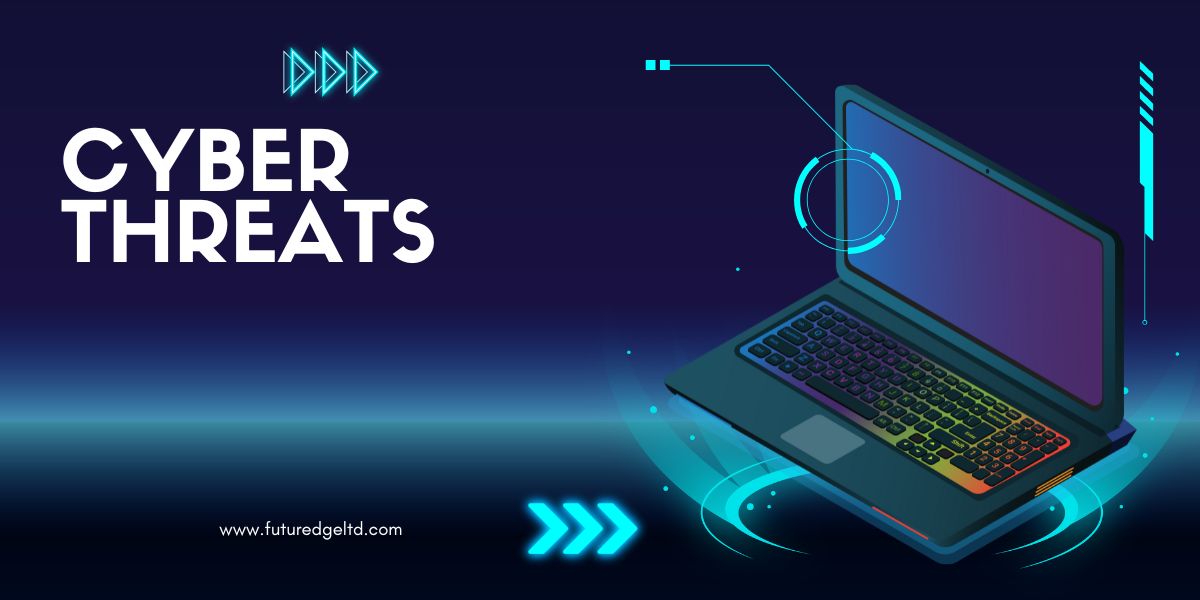
Welcome to futuredgeltd.com, where we delve into the ever-changing world of cybersecurity. In today’s digital age, where technology plays an integral role in almost every aspect of our lives, the importance of safeguarding our online assets cannot be overstated. Cyber threats are constantly evolving, becoming more sophisticated and challenging to combat. In this blog post, we’ll explore the dynamic landscape of cyber threats and discuss strategies to navigate them effectively.
Understanding the Threat Landscape
Cyber threats come in various forms, ranging from common malware and phishing attacks to more advanced threats like ransomware and zero-day exploits. These threats can target individuals, businesses, or even entire nations, causing significant financial losses, reputational damage, and disruptions to critical services. As technology advances, so do the tactics used by cybercriminals, making it crucial for organizations to stay informed and proactive in their defense measures.
The Role of Technology
While technology has undoubtedly facilitated many aspects of modern life, it also presents new challenges in terms of cybersecurity. The proliferation of interconnected devices through the Internet of Things (IoT), the rise of cloud computing, and the adoption of artificial intelligence (AI) and machine learning (ML) all introduce additional attack surfaces for cybercriminals to exploit. However, technology also provides powerful tools and solutions for detecting, preventing, and mitigating cyber threats, highlighting the importance of leveraging the right technologies in your defense strategy.
The Human Factor
Despite the advancements in technology, humans remain one of the weakest links in cybersecurity. Social engineering tactics, such as phishing emails and pretexting, prey on human vulnerabilities, tricking individuals into divulging sensitive information or unwittingly installing malware. Therefore, raising awareness and providing cybersecurity training to employees and end-users is essential for strengthening the human firewall and reducing the risk of successful attacks.
Proactive Defense Strategies
In the face of evolving cyber threats, a proactive approach to cybersecurity is paramount. This involves continuously monitoring for potential threats, identifying vulnerabilities, and implementing robust security controls to mitigate risks. Regular security assessments, penetration testing, and threat intelligence gathering can help organizations stay one step ahead of cybercriminals and better protect their assets.
Collaboration and Information Sharing
Cybersecurity is not just a concern for individual organizations but a collective responsibility that requires collaboration and information sharing across industries and sectors. By sharing threat intelligence, best practices, and lessons learned, organizations can collectively strengthen their defenses and respond more effectively to emerging threats. Initiatives such as Information Sharing and Analysis Centers (ISACs) facilitate this collaboration, enabling organizations to pool their resources and expertise for the greater good.
Conclusion
As cyber threats continue to evolve and grow in sophistication, navigating the cybersecurity landscape requires a combination of technological innovation, human vigilance, and collaborative effort. By understanding the nature of the threats we face, leveraging the right technologies, and adopting proactive defense strategies, we can better protect ourselves and our organizations from cyberattacks. Together, we can navigate the ever-changing landscape of cyber threats and emerge stronger and more resilient in the face of adversity.
